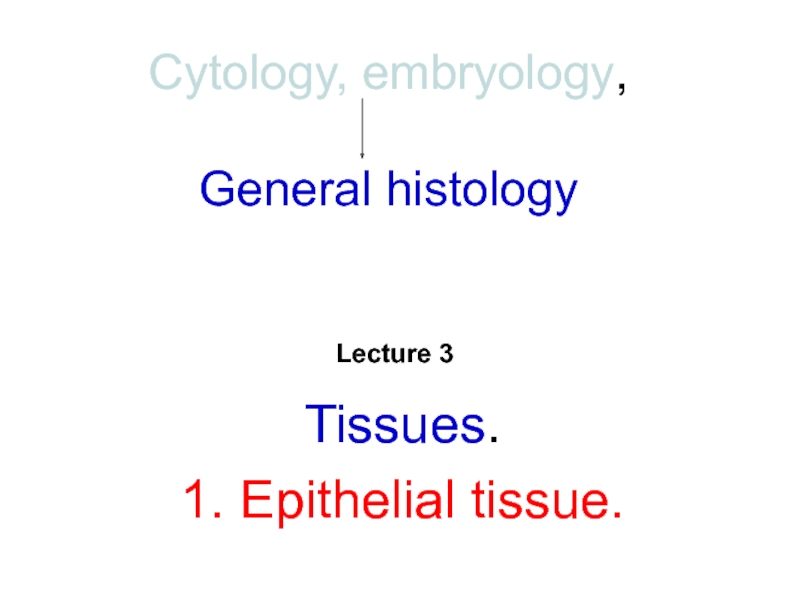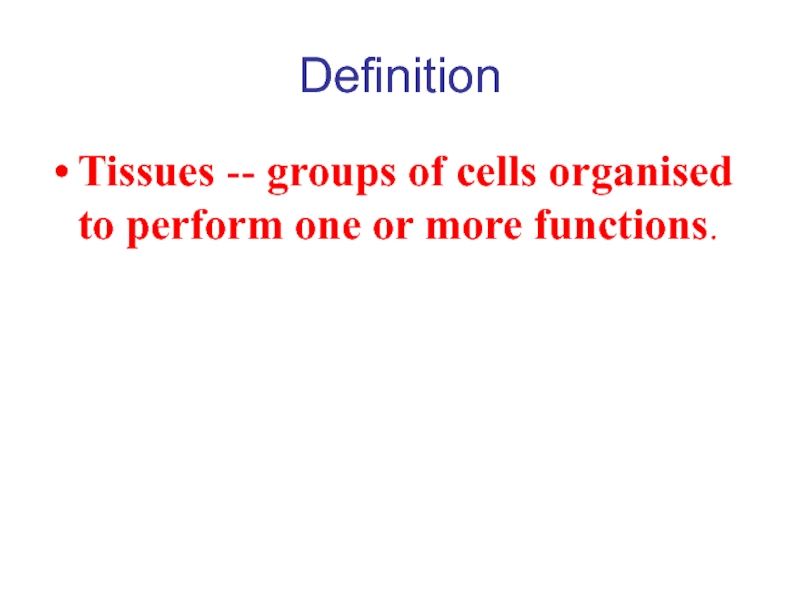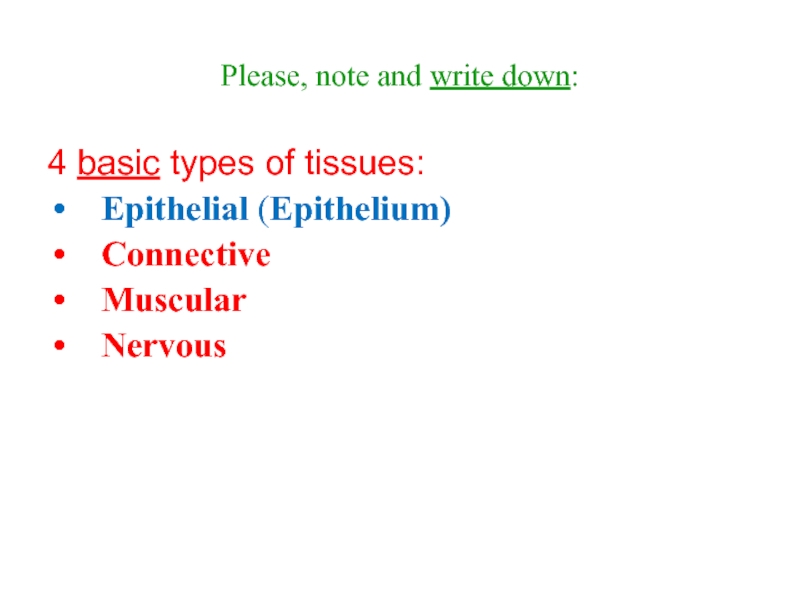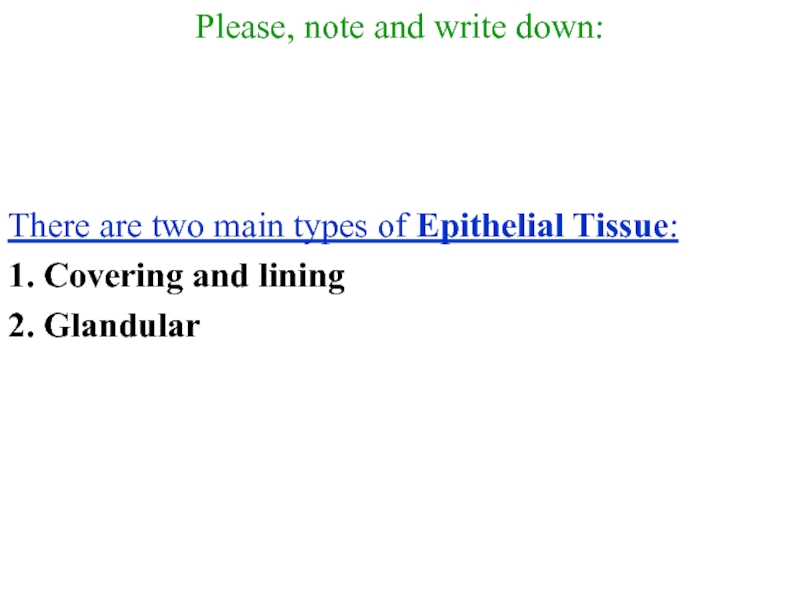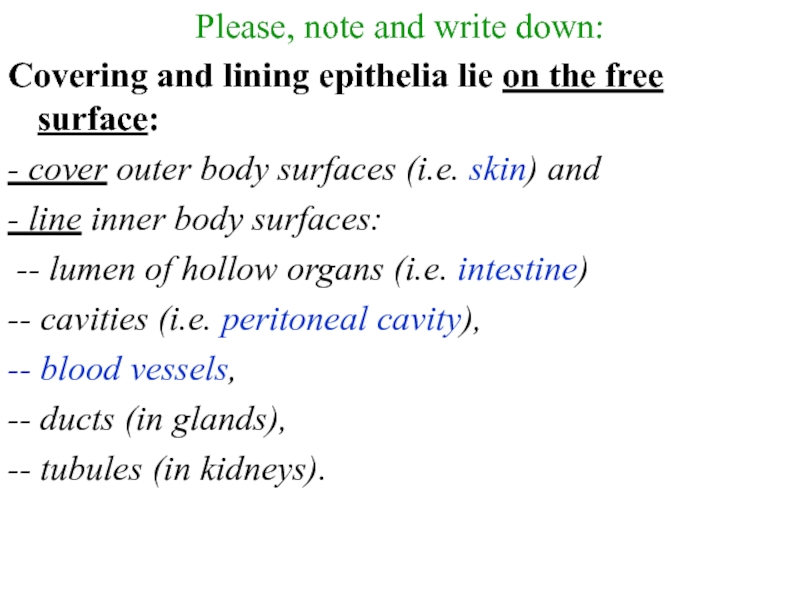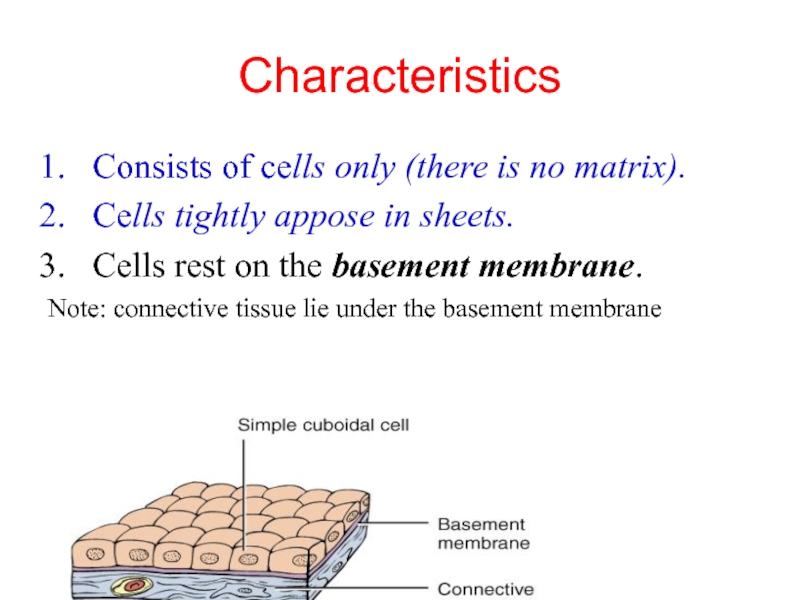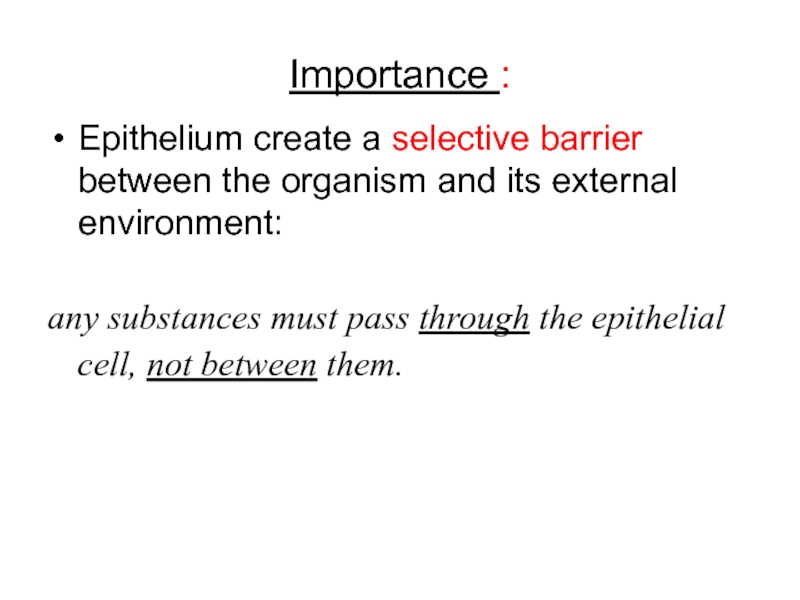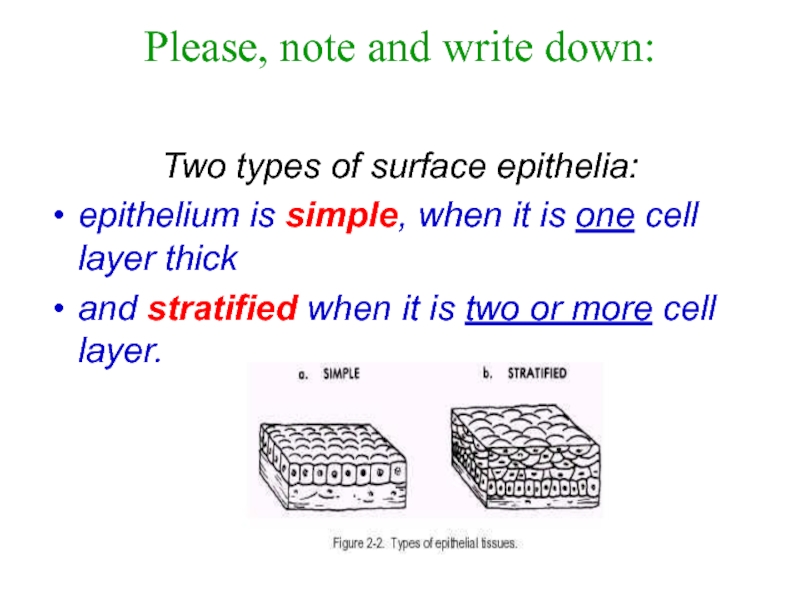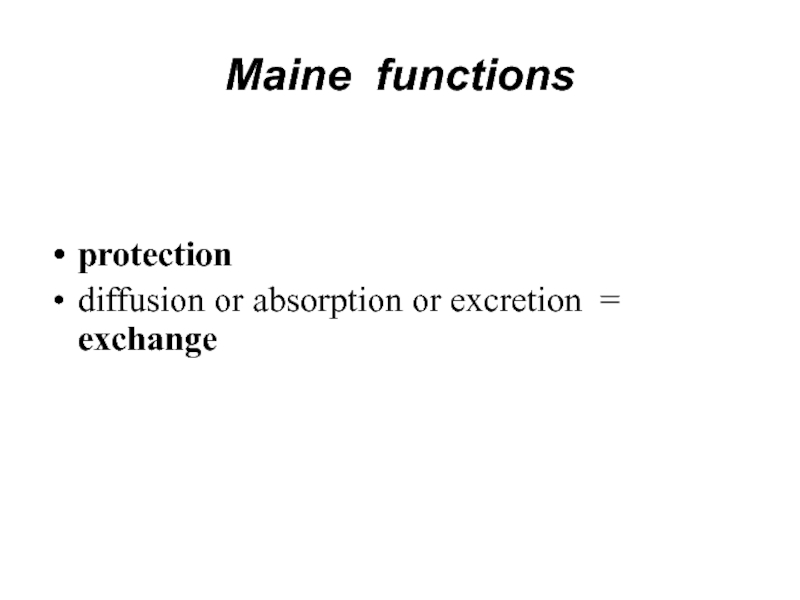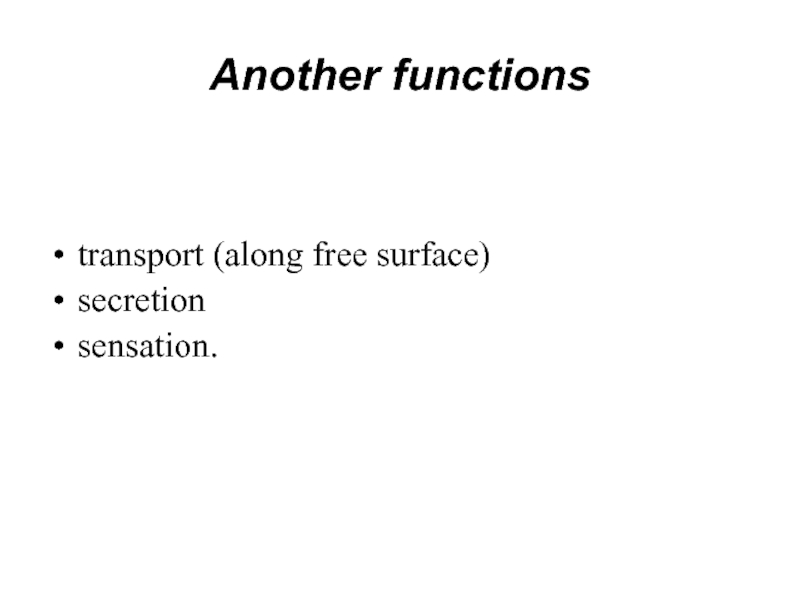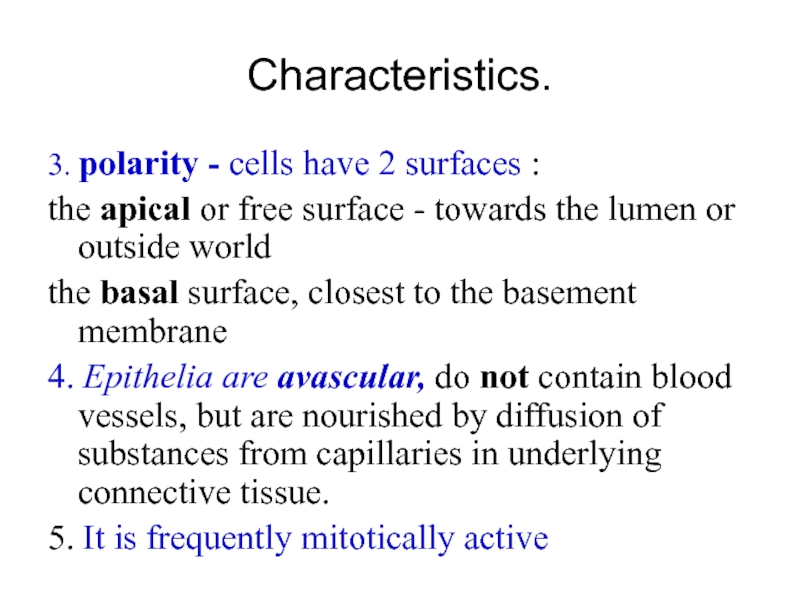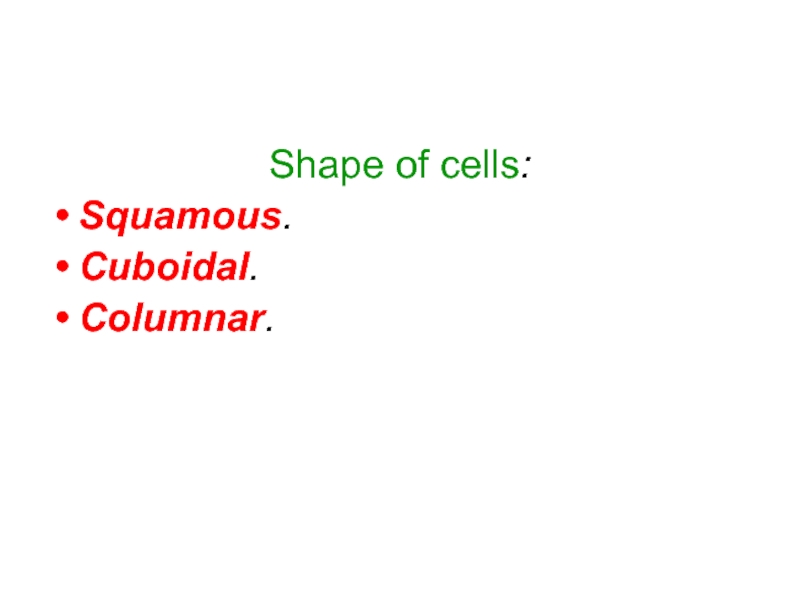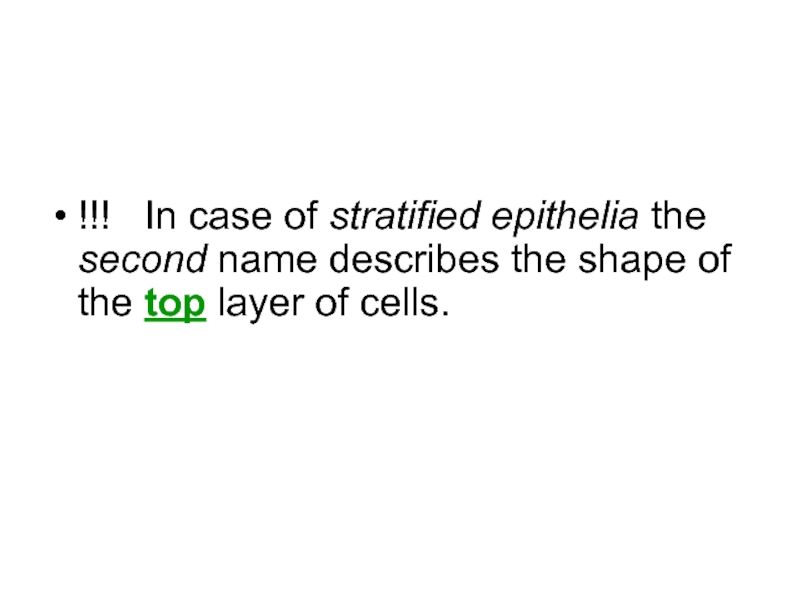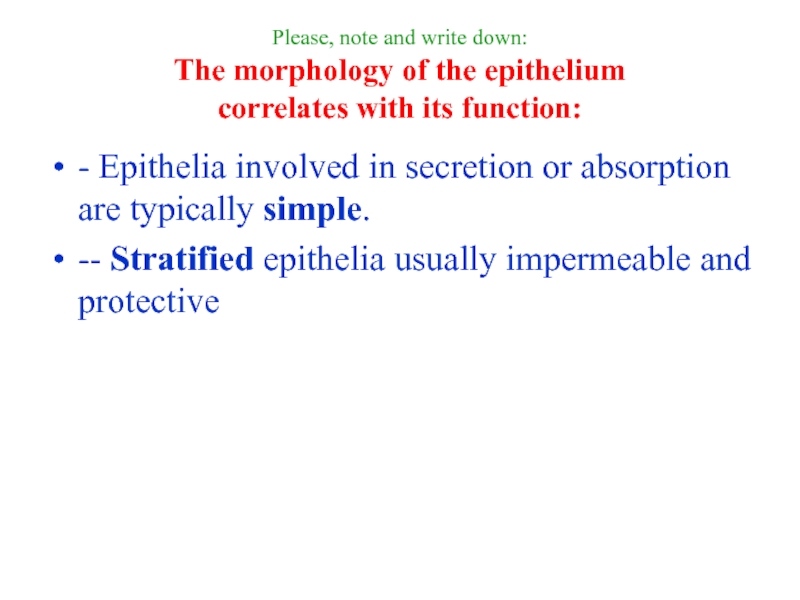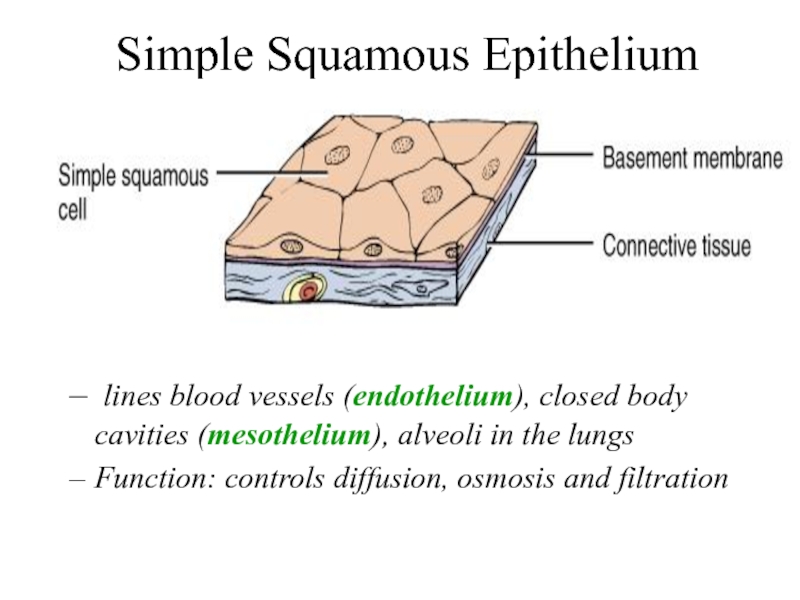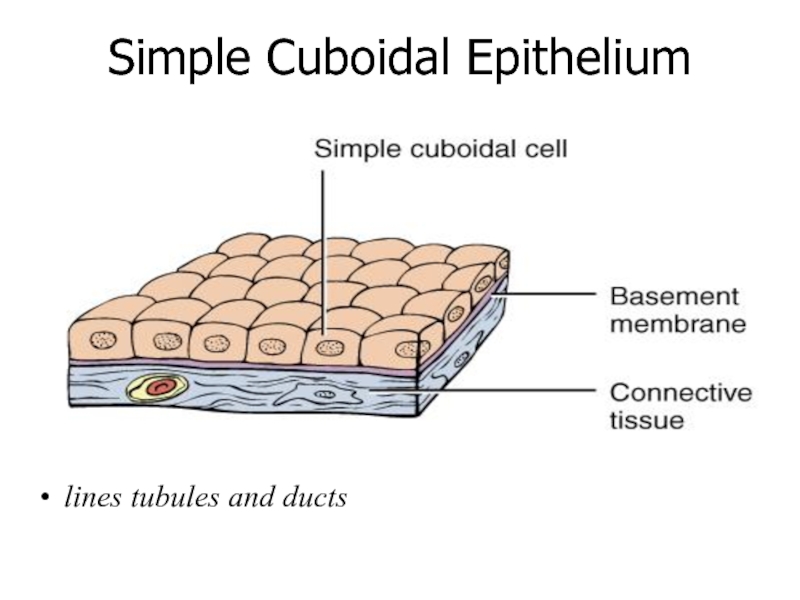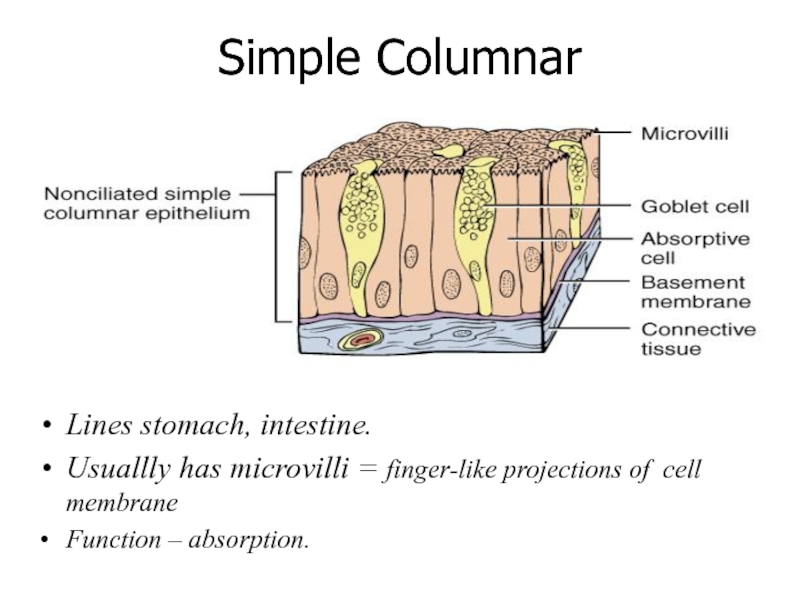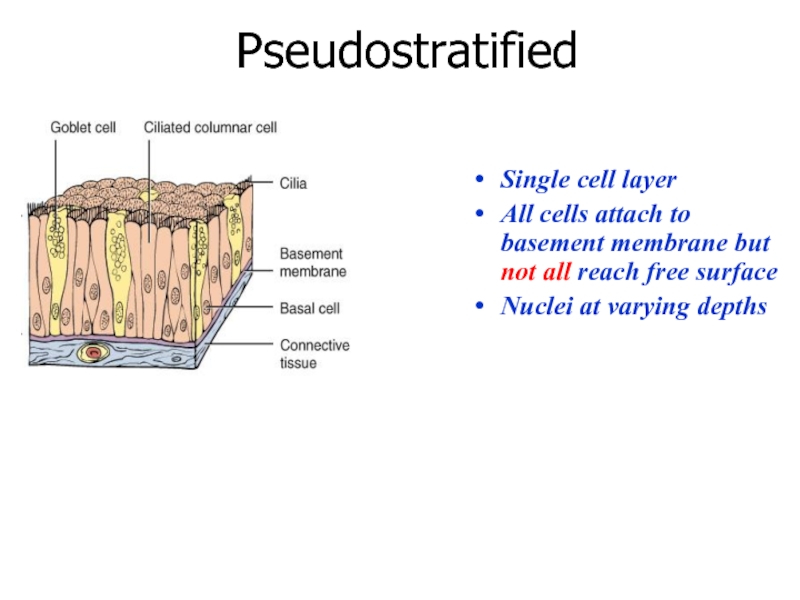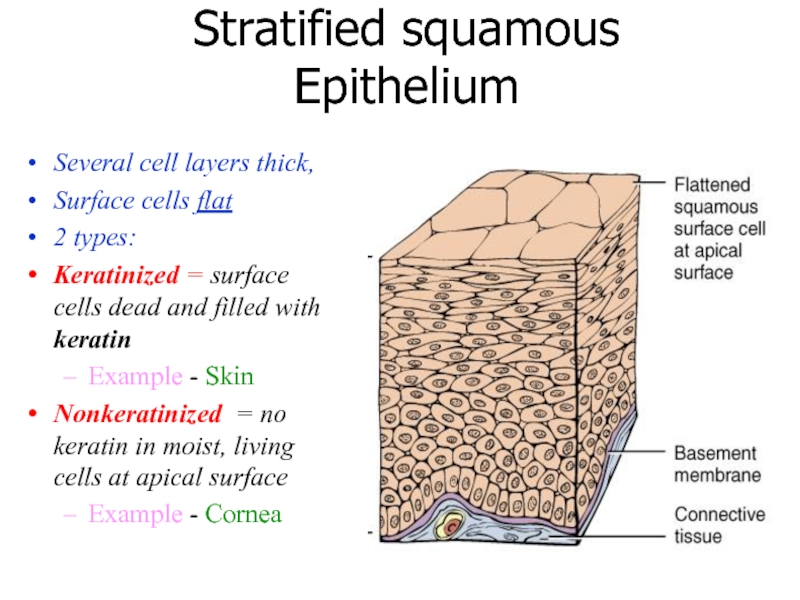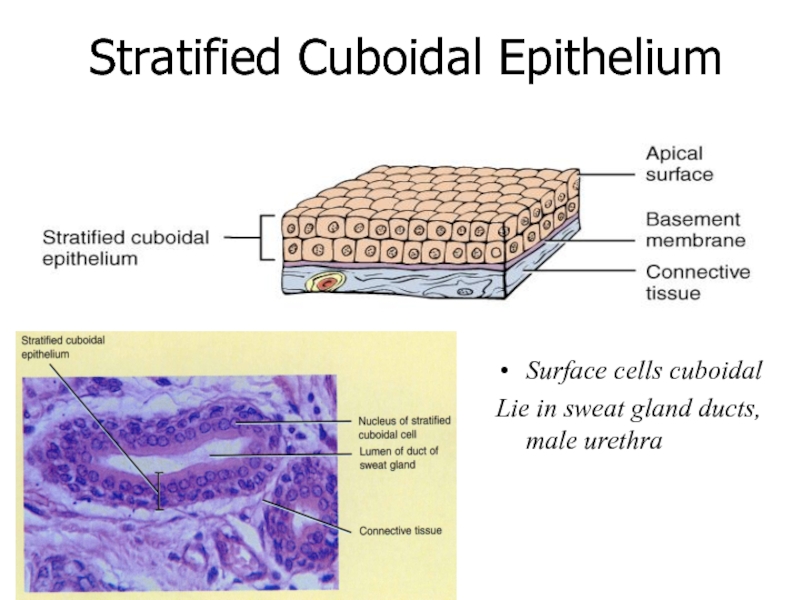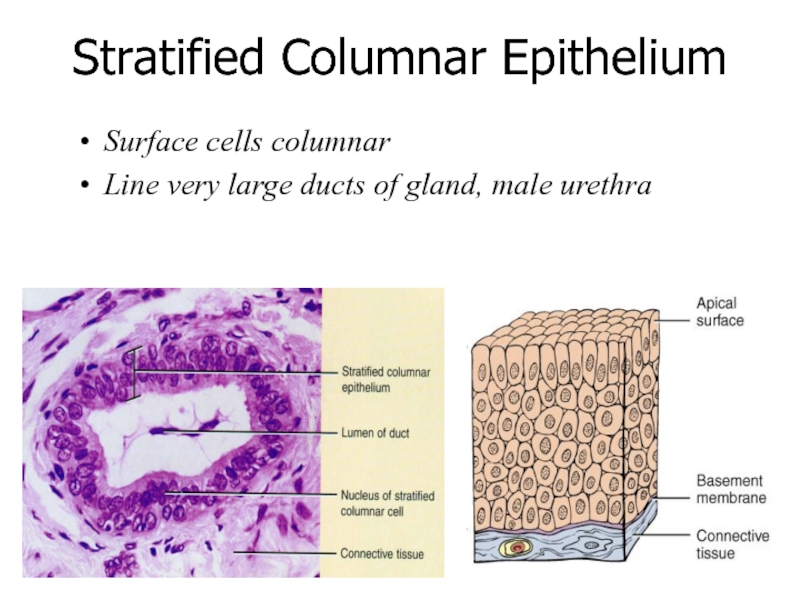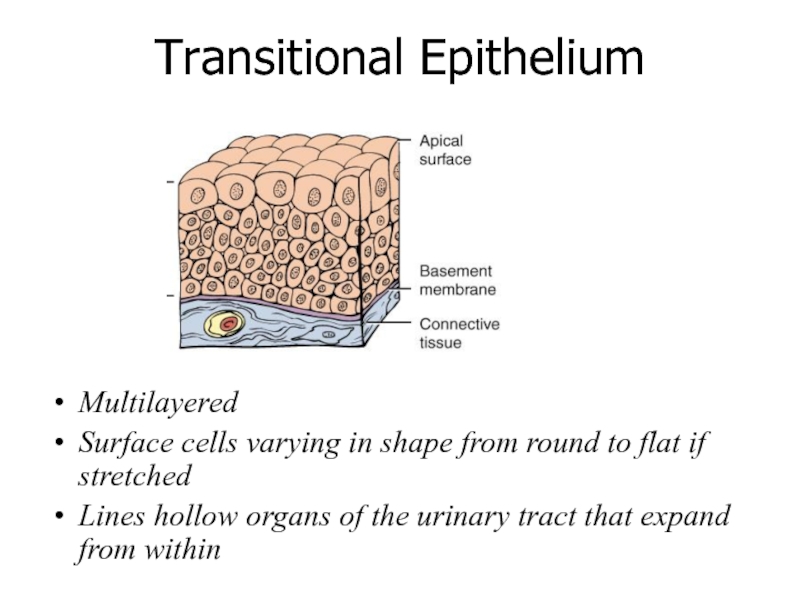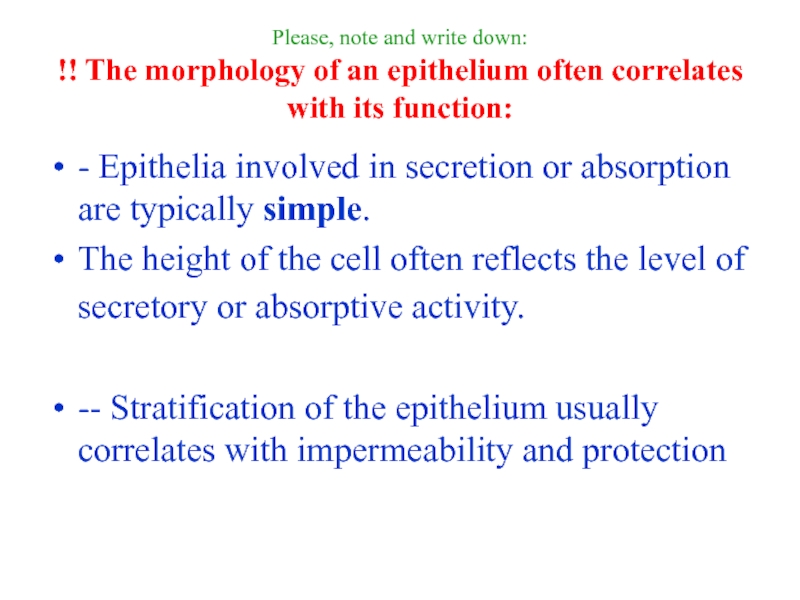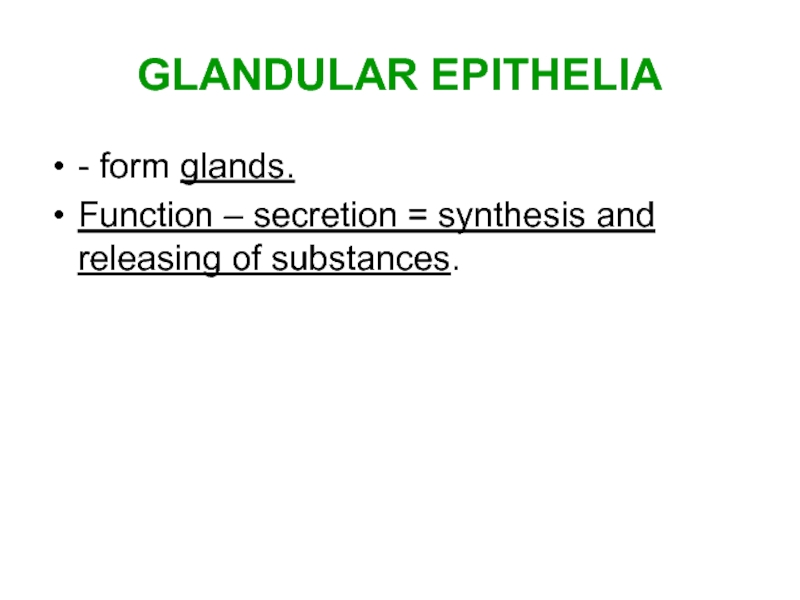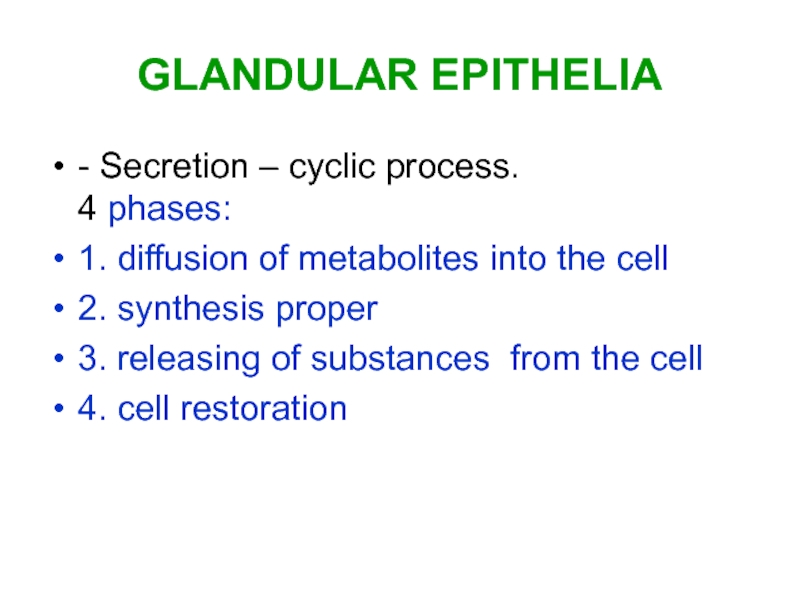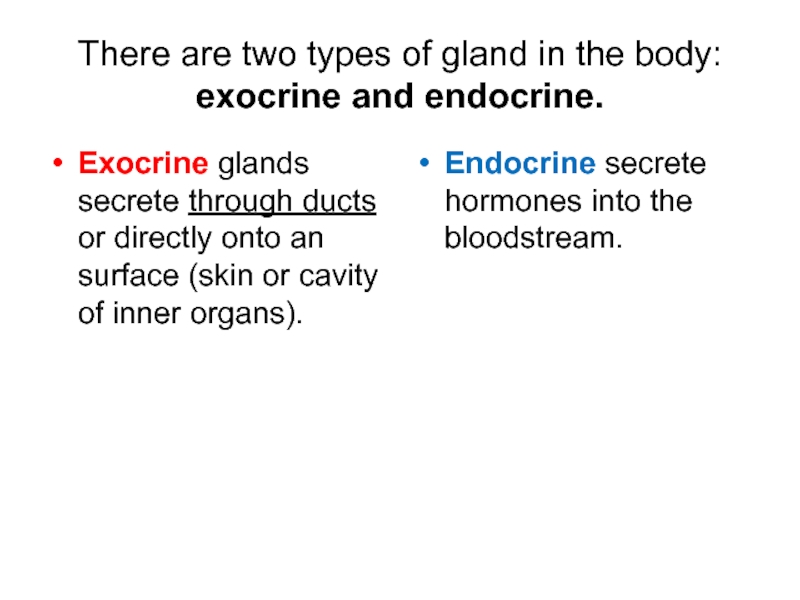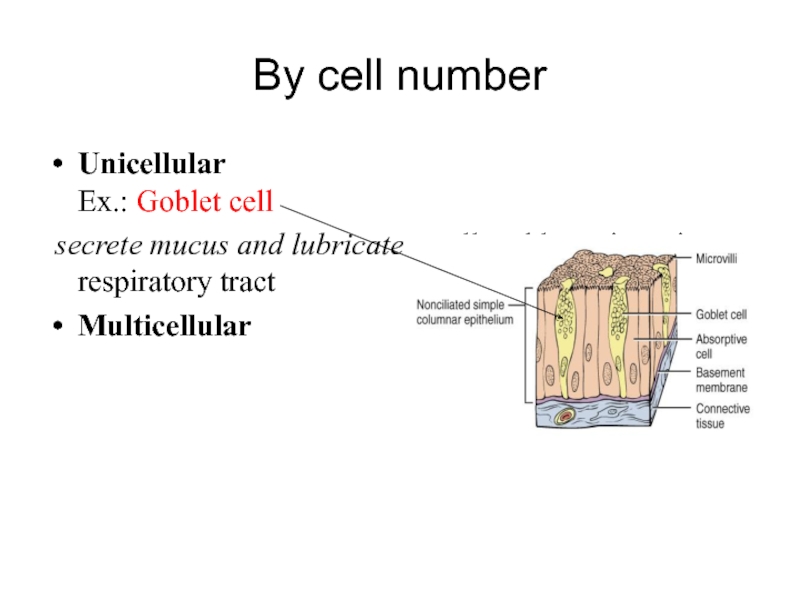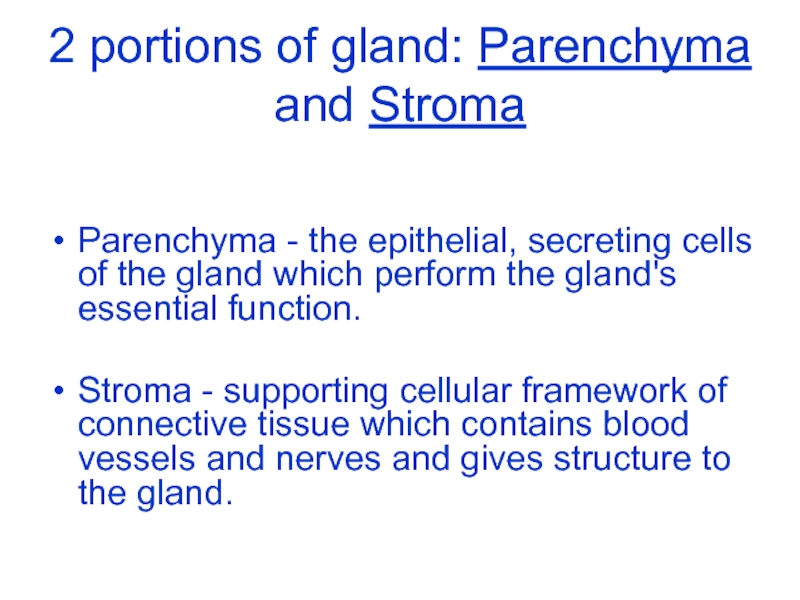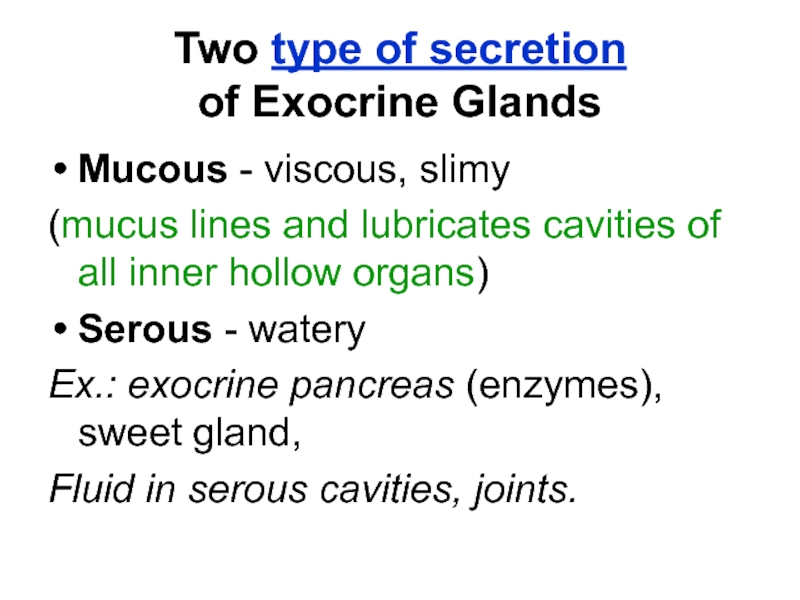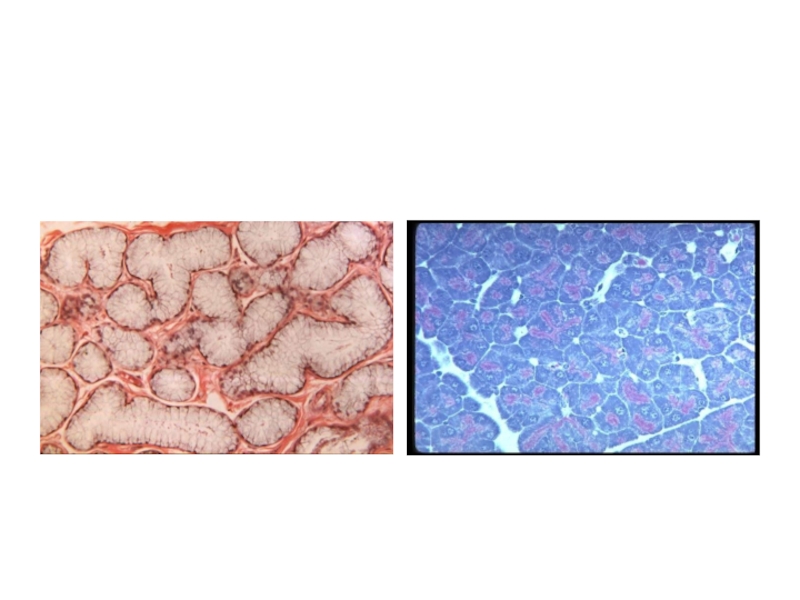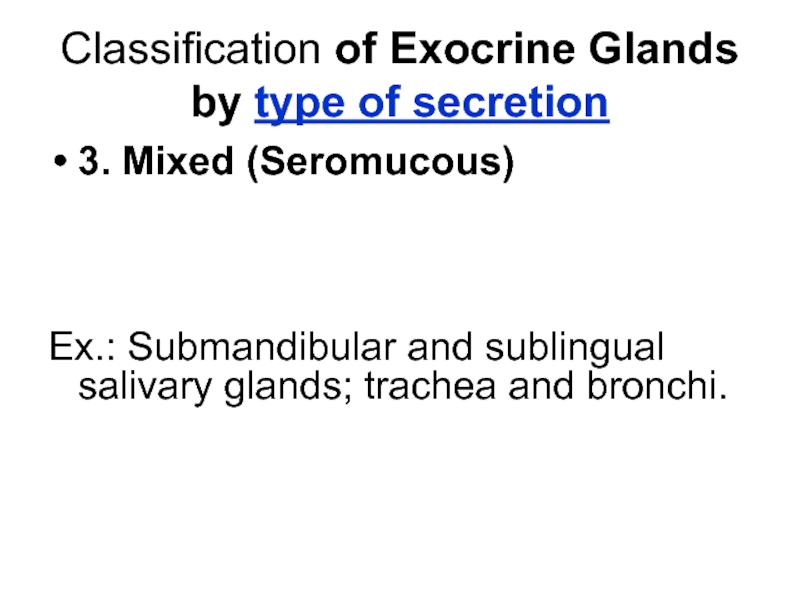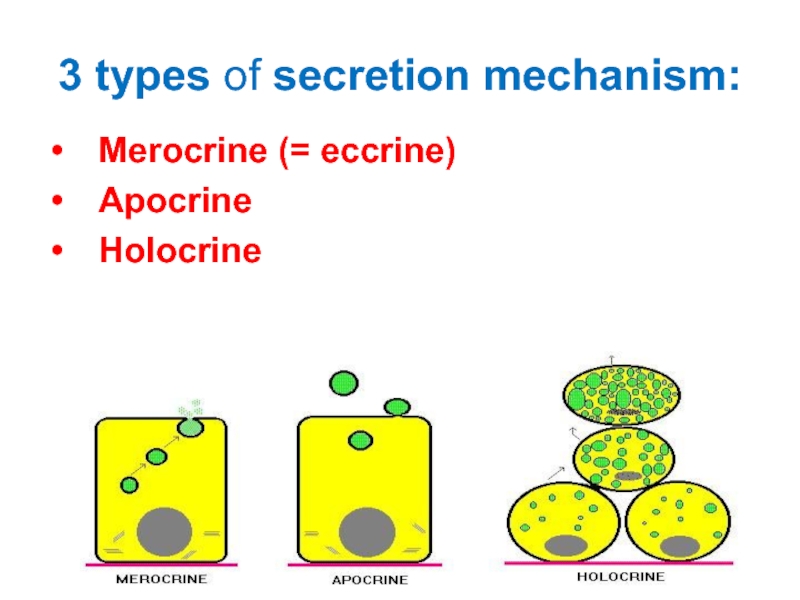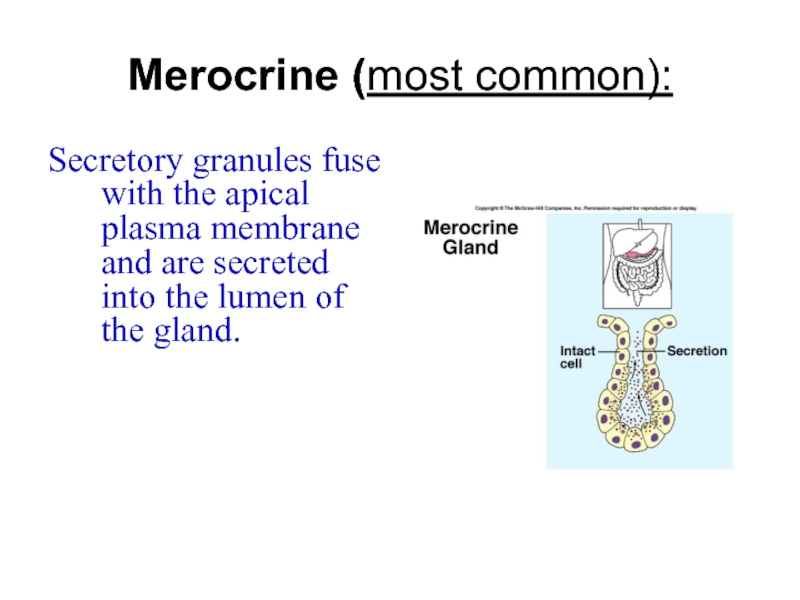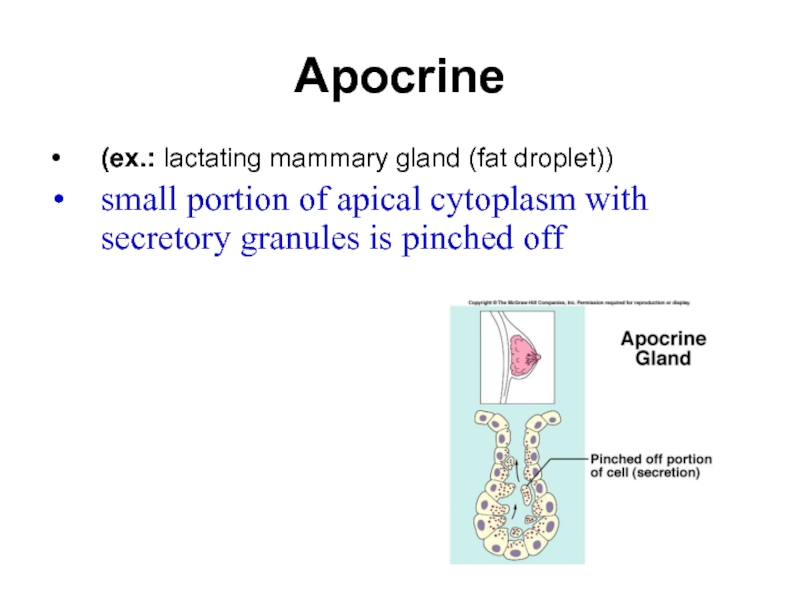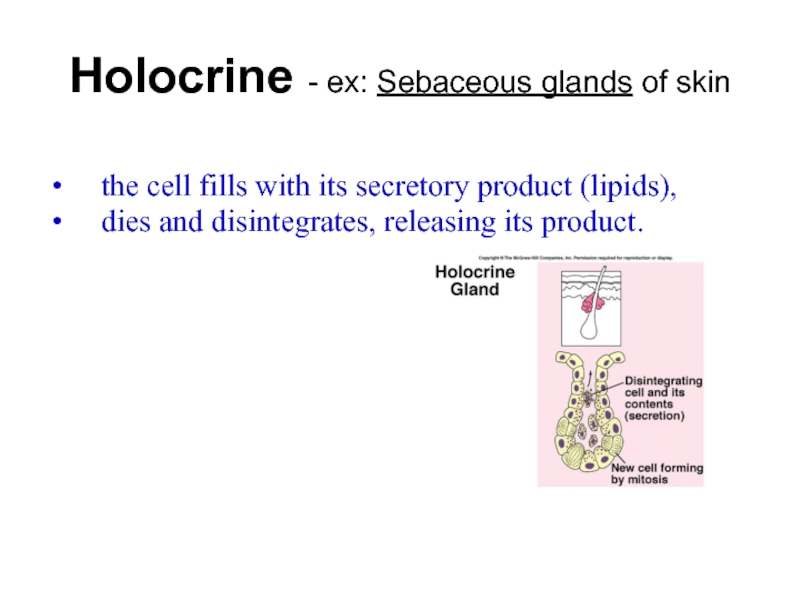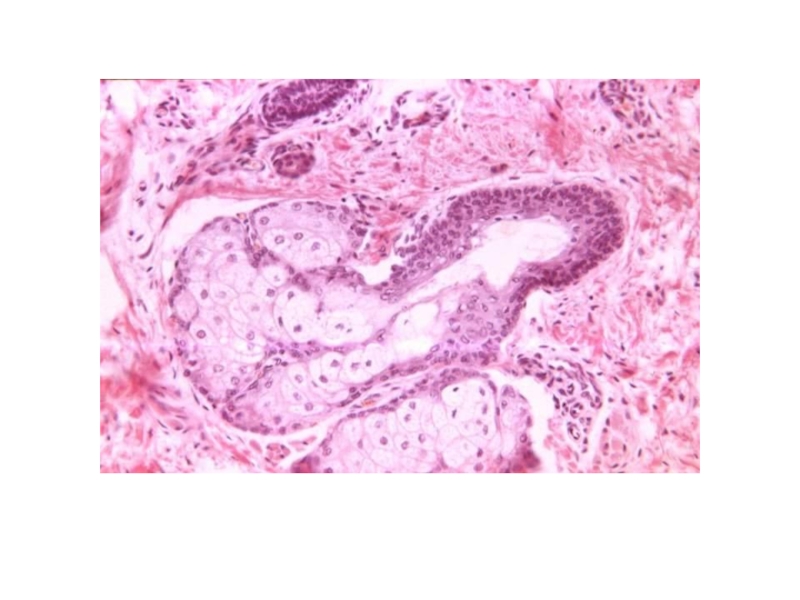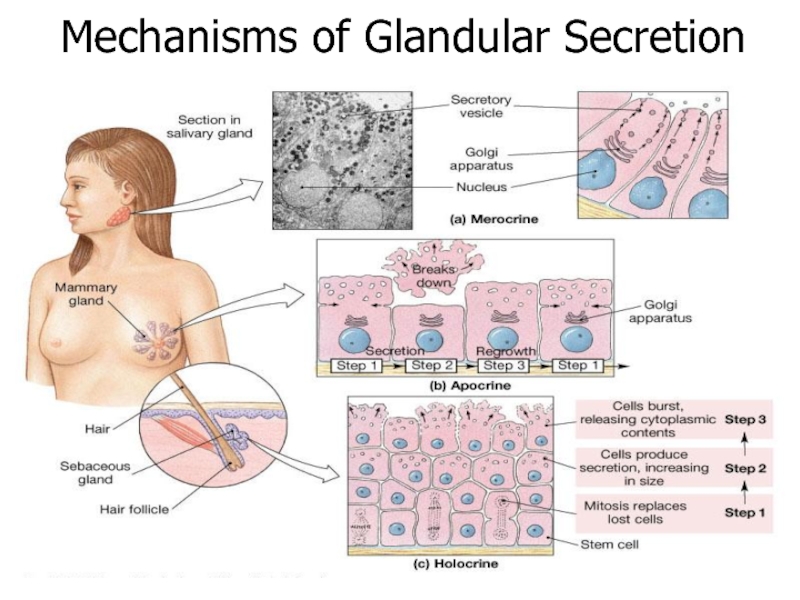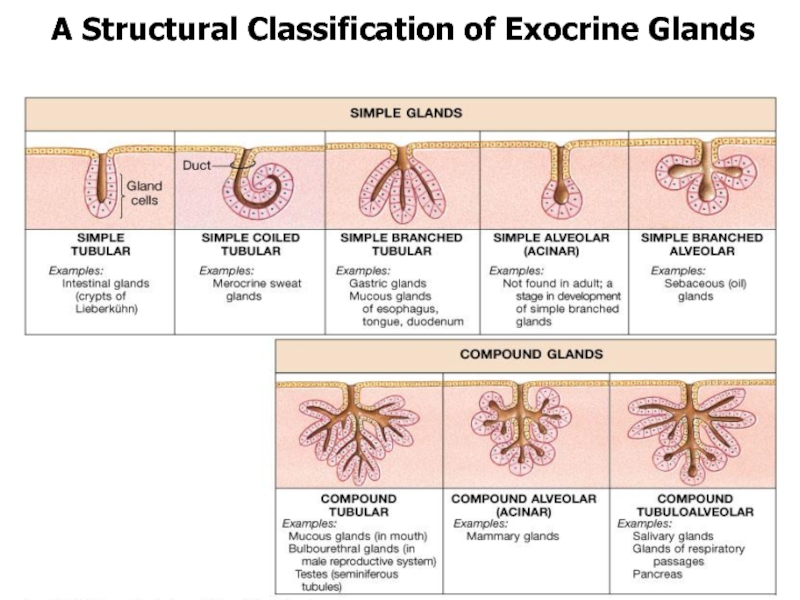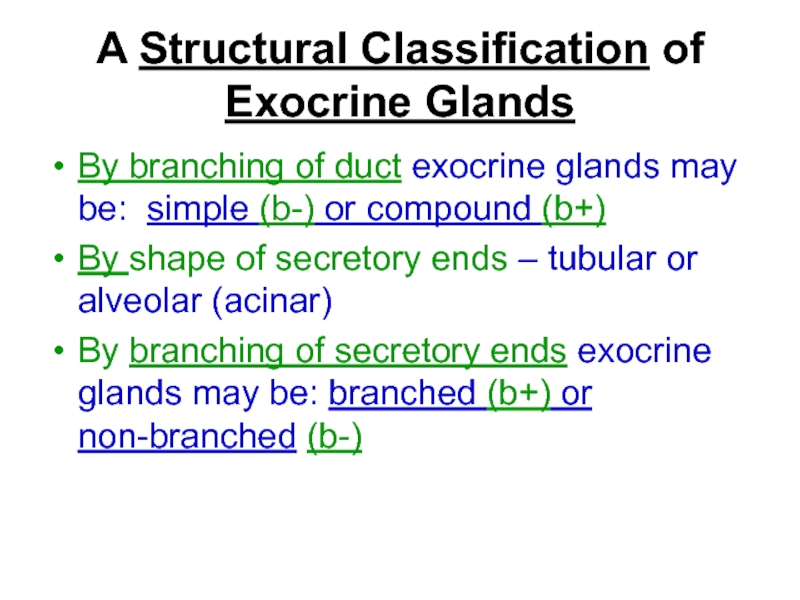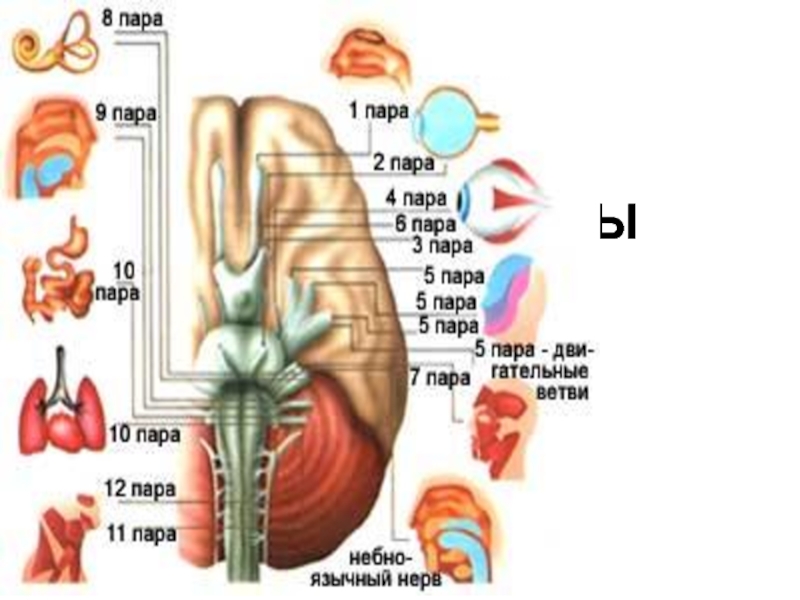- Главная
- Разное
- Дизайн
- Бизнес и предпринимательство
- Аналитика
- Образование
- Развлечения
- Красота и здоровье
- Финансы
- Государство
- Путешествия
- Спорт
- Недвижимость
- Армия
- Графика
- Культурология
- Еда и кулинария
- Лингвистика
- Английский язык
- Астрономия
- Алгебра
- Биология
- География
- Детские презентации
- Информатика
- История
- Литература
- Маркетинг
- Математика
- Медицина
- Менеджмент
- Музыка
- МХК
- Немецкий язык
- ОБЖ
- Обществознание
- Окружающий мир
- Педагогика
- Русский язык
- Технология
- Физика
- Философия
- Химия
- Шаблоны, картинки для презентаций
- Экология
- Экономика
- Юриспруденция
Cytology, embryology, General histology презентация
Содержание
- 1. Cytology, embryology, General histology
- 2. Definition Tissues -- groups of cells organised
- 3. Please, note and write down: 4 basic
- 4. Please, note and write down:
- 5. Please, note and write down: Covering and
- 6. Characteristics Consists of cells only (there is
- 7. Importance : Epithelium create a selective barrier
- 8. Please, note and write down: Two
- 9. Maine functions protection diffusion or absorption or excretion = exchange
- 10. Another functions transport (along free surface) secretion sensation.
- 11. Characteristics. 3. polarity - cells have
- 12. Shape of cells: Squamous. Cuboidal. Columnar.
- 13. !!! In case of stratified
- 14. Please, note and write down: The morphology
- 15. Simple Squamous Epithelium lines
- 16. Simple Cuboidal Epithelium lines tubules and ducts
- 17. Simple Columnar Lines stomach, intestine. Usuallly
- 18. Pseudostratified Single cell layer All
- 19. Stratified squamous Epithelium Several cell layers thick,
- 20. Stratified Cuboidal Epithelium Surface cells cuboidal Lie in sweat gland ducts, male urethra
- 21. Stratified Columnar Epithelium Surface cells columnar Line very large ducts of gland, male urethra
- 22. Multilayered Surface cells varying in shape
- 23. Please, note and write down: !! The
- 24. GLANDULAR EPITHELIA - form glands. Function
- 25. GLANDULAR EPITHELIA - Secretion – cyclic process.
- 26. There are two types of gland in
- 27. By cell number Unicellular Ex.: Goblet
- 28. 2 portions of gland: Parenchyma and Stroma
- 29. Two type of secretion of Exocrine
- 31. Classification of Exocrine Glands by type of
- 32. 3 types of secretion mechanism: Merocrine (= eccrine) Apocrine Holocrine
- 33. Merocrine (most common): Secretory granules fuse
- 34. Apocrine (ex.: lactating mammary gland (fat droplet))
- 35. Holocrine - ex: Sebaceous glands of skin
- 37. Mechanisms of Glandular Secretion
- 38. A Structural Classification of Exocrine Glands
- 39. A Structural Classification of Exocrine Glands By
Слайд 3Please, note and write down:
4 basic types of tissues:
Epithelial (Epithelium)
Connective
Muscular
Nervous
Слайд 4Please, note and write down:
There are two main types of Epithelial
1. Covering and lining
2. Glandular
Слайд 5Please, note and write down:
Covering and lining epithelia lie on the
- cover outer body surfaces (i.e. skin) and
- line inner body surfaces:
-- lumen of hollow organs (i.e. intestine)
-- cavities (i.e. peritoneal cavity),
-- blood vessels,
-- ducts (in glands),
-- tubules (in kidneys).
Слайд 6Characteristics
Consists of cells only (there is no matrix).
Cells tightly appose
Cells rest on the basement membrane.
Note: connective tissue lie under the basement membrane
Слайд 7Importance :
Epithelium create a selective barrier between the organism and its
any substances must pass through the epithelial cell, not between them.
Слайд 8Please, note and write down:
Two types of surface epithelia:
epithelium is simple,
and stratified when it is two or more cell layer.
Слайд 11Characteristics.
3. polarity - cells have 2 surfaces :
the apical or
the basal surface, closest to the basement membrane
4. Epithelia are avascular, do not contain blood vessels, but are nourished by diffusion of substances from capillaries in underlying connective tissue.
5. It is frequently mitotically active
Слайд 13
!!! In case of stratified epithelia the second name describes
Слайд 14Please, note and write down: The morphology of the epithelium correlates with
- Epithelia involved in secretion or absorption are typically simple.
-- Stratified epithelia usually impermeable and protective
Слайд 15 Simple Squamous Epithelium
lines blood vessels (endothelium), closed body cavities
Function: controls diffusion, osmosis and filtration
Слайд 17Simple Columnar
Lines stomach, intestine.
Usuallly has microvilli = finger-like projections of
Function – absorption.
Слайд 18 Pseudostratified
Single cell layer
All cells attach to basement membrane but
Nuclei at varying depths
Слайд 19Stratified squamous Epithelium
Several cell layers thick,
Surface cells flat
2 types:
Keratinized =
Example - Skin
Nonkeratinized = no keratin in moist, living cells at apical surface
Example - Cornea
Слайд 21Stratified Columnar Epithelium
Surface cells columnar
Line very large ducts of gland, male
Слайд 22Multilayered
Surface cells varying in shape from round to flat if
Lines hollow organs of the urinary tract that expand from within
Transitional Epithelium
Слайд 23Please, note and write down: !! The morphology of an epithelium often
- Epithelia involved in secretion or absorption are typically simple.
The height of the cell often reflects the level of secretory or absorptive activity.
-- Stratification of the epithelium usually correlates with impermeability and protection
Слайд 24GLANDULAR EPITHELIA
- form glands.
Function – secretion = synthesis and releasing
Слайд 25GLANDULAR EPITHELIA
- Secretion – cyclic process.
4 phases:
1. diffusion of metabolites
2. synthesis proper
3. releasing of substances from the cell
4. cell restoration
Слайд 26There are two types of gland in the body: exocrine and
Exocrine glands secrete through ducts or directly onto an surface (skin or cavity of inner organs).
Endocrine secrete hormones into the bloodstream.
Слайд 27By cell number
Unicellular
Ex.: Goblet cell
secrete mucus and lubricate small
Multicellular
Слайд 282 portions of gland: Parenchyma and Stroma
Parenchyma - the epithelial,
Stroma - supporting cellular framework of connective tissue which contains blood vessels and nerves and gives structure to the gland.
Слайд 29Two type of secretion
of Exocrine Glands
Mucous - viscous, slimy
(mucus
Serous - watery
Ex.: exocrine pancreas (enzymes), sweet gland,
Fluid in serous cavities, joints.
Слайд 31Classification of Exocrine Glands by type of secretion
3. Mixed (Seromucous)
Ex.:
Слайд 33Merocrine (most common):
Secretory granules fuse with the apical plasma membrane
Слайд 34Apocrine
(ex.: lactating mammary gland (fat droplet))
small portion of apical cytoplasm with
Слайд 35Holocrine - ex: Sebaceous glands of skin
the cell fills with its
dies and disintegrates, releasing its product.
Слайд 39A Structural Classification of Exocrine Glands
By branching of duct exocrine glands
By shape of secretory ends – tubular or alveolar (acinar)
By branching of secretory ends exocrine glands may be: branched (b+) or non-branched (b-)
